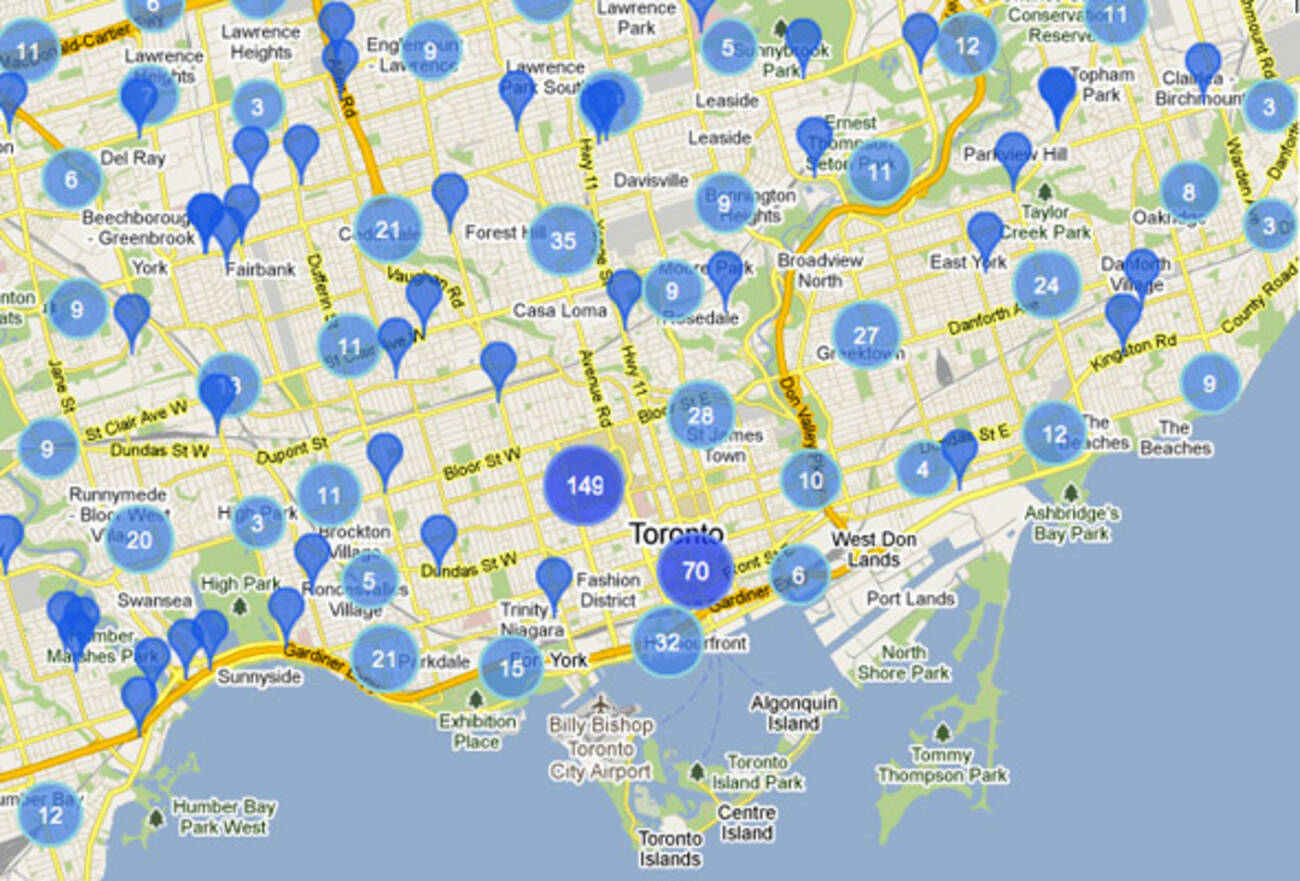If what is a safe distance from a 5g cell tower 've ever wandered through a town you might have noticed tiny cell towers for 5G on the poles of street lights. They appear like tiny boxes however, they're actually transmitting wireless signals from mobile providers to your phone.
They are replacing larger built cell towers. Although they're not as visible however, they could create problems for those who live nearby.
A of the FCC's Radiation Exposure Thresholds
The FCC's Radiation Exposure Thresholds establish the maximum amount of time an individual can be exposed to electromagnetic energy generated by wireless devices. The limits for exposure are based on scientific data which prove that electromagnetic energy could cause harm to health.
safe distance from cell tower of absorption called the specific absorption rate (SAR) is an indication of the amount of radiofrequency energy absorbed by tissue. It's typically 1.6 watts per kilogram, averaged over one Gram of tissue.
Since 5g is able to transmit at higher frequencies, it has the potential to increase the intensity of energy on the skin and other exposed body parts. This can lead to various potential harms, including exacerbated the development of skin conditions such as dermatitis, skin cancer and cataracts.
Due to the potential for harmful effects of radiation from 5G, PSU has chosen to establish a general, localized limits on power density, which is 4mW/cm2 measured over 1 cm2, but not exceeding 30 minutes for all 5G services running at 3000 GHz. This limit for localization is in line with the highest SAR spatial-average of 1.6 W/kg, averaged over one grams of tissues at six GHz.
The FCC's Maximum Exposure Thresholds
In the event that you've used cell phone, you're probably aware that the safest distance from the tower is around 400 meters away. This is due to the power of transmission from the cell tower is significantly increased the further your location from the tower.
While this sounds like a good idea however, people who live close to towers could be more susceptible to health problems. For example, a study from 2014 in India found that residents living within 50 meters of cell towers had much more health problems than those who were away from the antennas.
safe distance to live from cell phone tower showed that residents who moved to areas that were further from the cell towers saw their symptoms return to normal within a few days. Other studies have revealed that exposure to high frequencies of radiofrequency electromagnetic fields (EMFs) can lead to brain tumors, cancers and other health issues.

This is because the RF radiation utilized in wireless communications, can be absorbed by the body's outer layer, the skin. This is important to understand since the skin functions as a shield against injury to the body, infection by pathogenic microorganisms, and the entry of harmful substances. It is also the most important organ in the human body and is responsible for keeping the integrity of other organs.
The FCC's Minimum Exposure Thresholds
The FCC's Minimum Exposition Thresholds are based upon numerous assumptions that are not supported by scientific evidence. These include the erroneous belief that short-term exposures RF radiation are safe due to minimal absorption into body (i.e. the heating of tissues).
This also overlooks the more extensive penetration of ELF elements of modulated radio signals as well as the effect on the body of short bursts caused by RF pulses. These theories are not compatible with current understanding of the biological consequences of RF radiation, and thus, they should not be considered for health protection exposure standards.
Furthermore to that, ICNIRP and FCC restrict its maximum levels of radiation exposure for local peak SARs based on the peak spatial specific absorption rate (psSAR) that is an inadequate dosimetric tool to determine the degree of radiation exposure. In particular it is inconclusive for frequencies that exceed 6 GHz. In addition, psSAR is not been tested for RF radiation with co-exposure to other agents of the environment such like sunlight. The interactions of RF radiation with other agents in the environment could produce synergistic or antagonistic effects. This could result in an increased risk of negative health consequences. For instance, exposure to RF radiation along with exposure to sunlight can raise the chance of developing skin cancer and exacerbate other skin conditions like acne.
